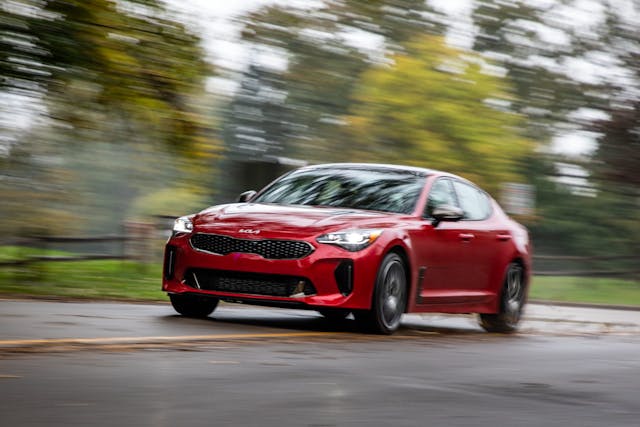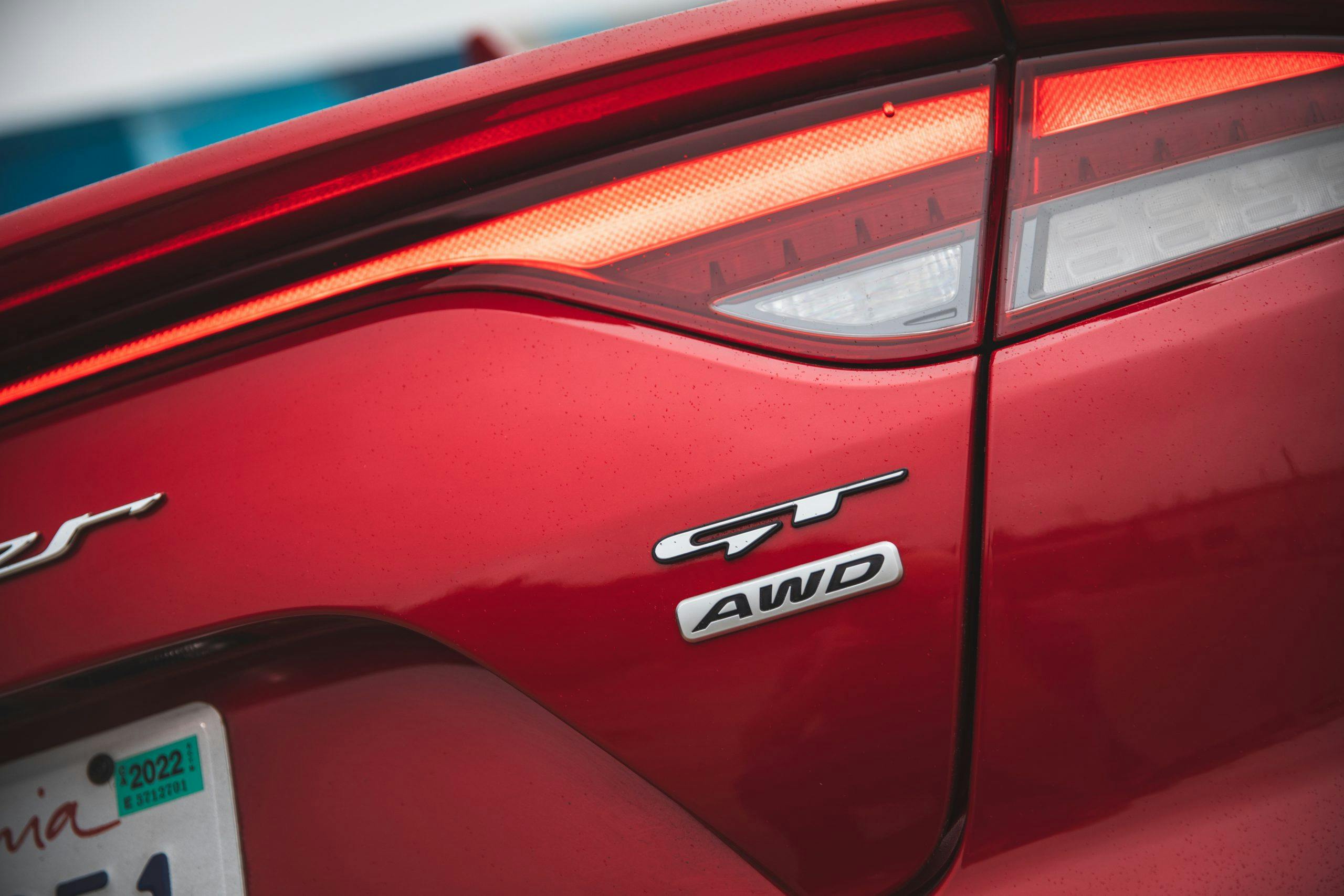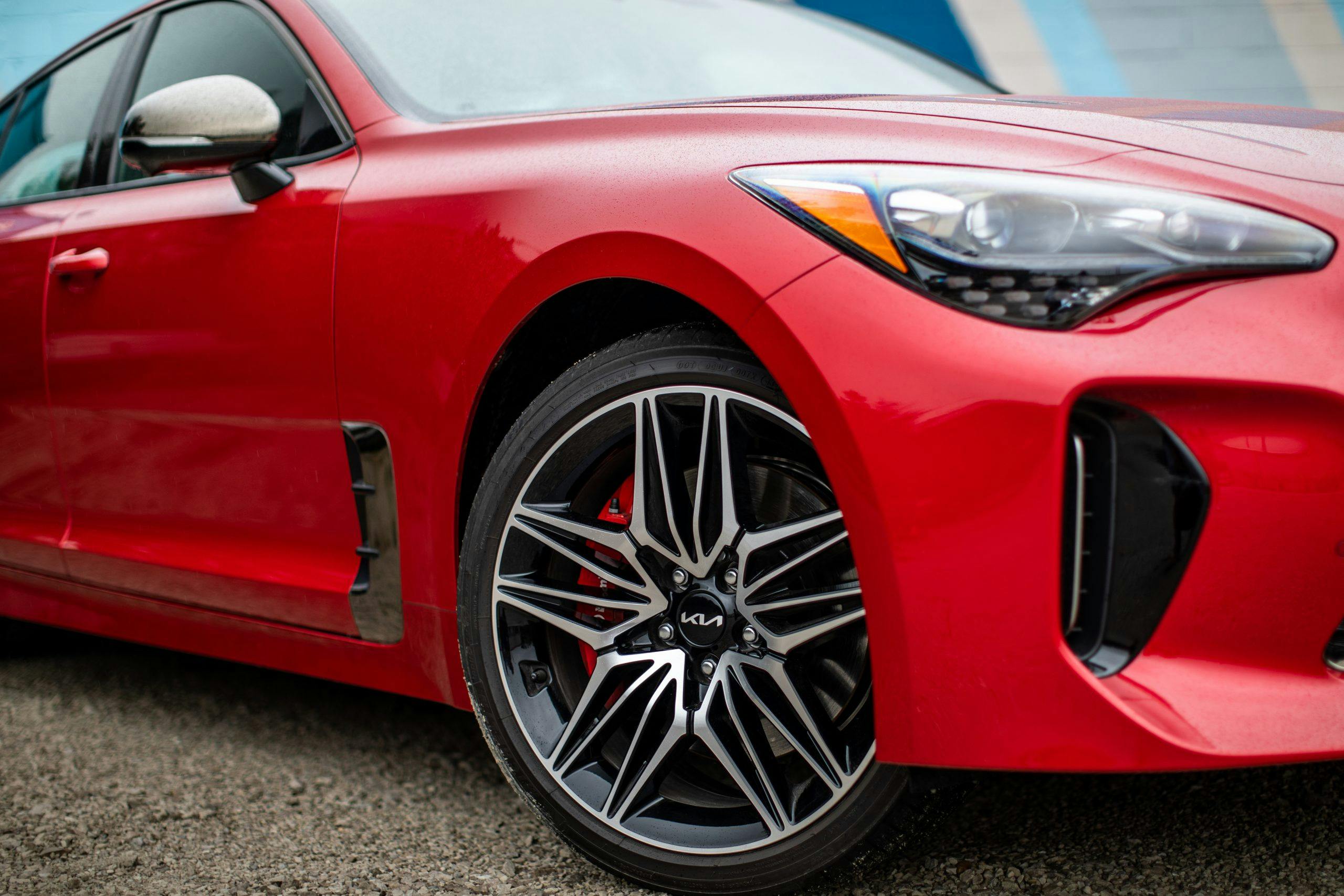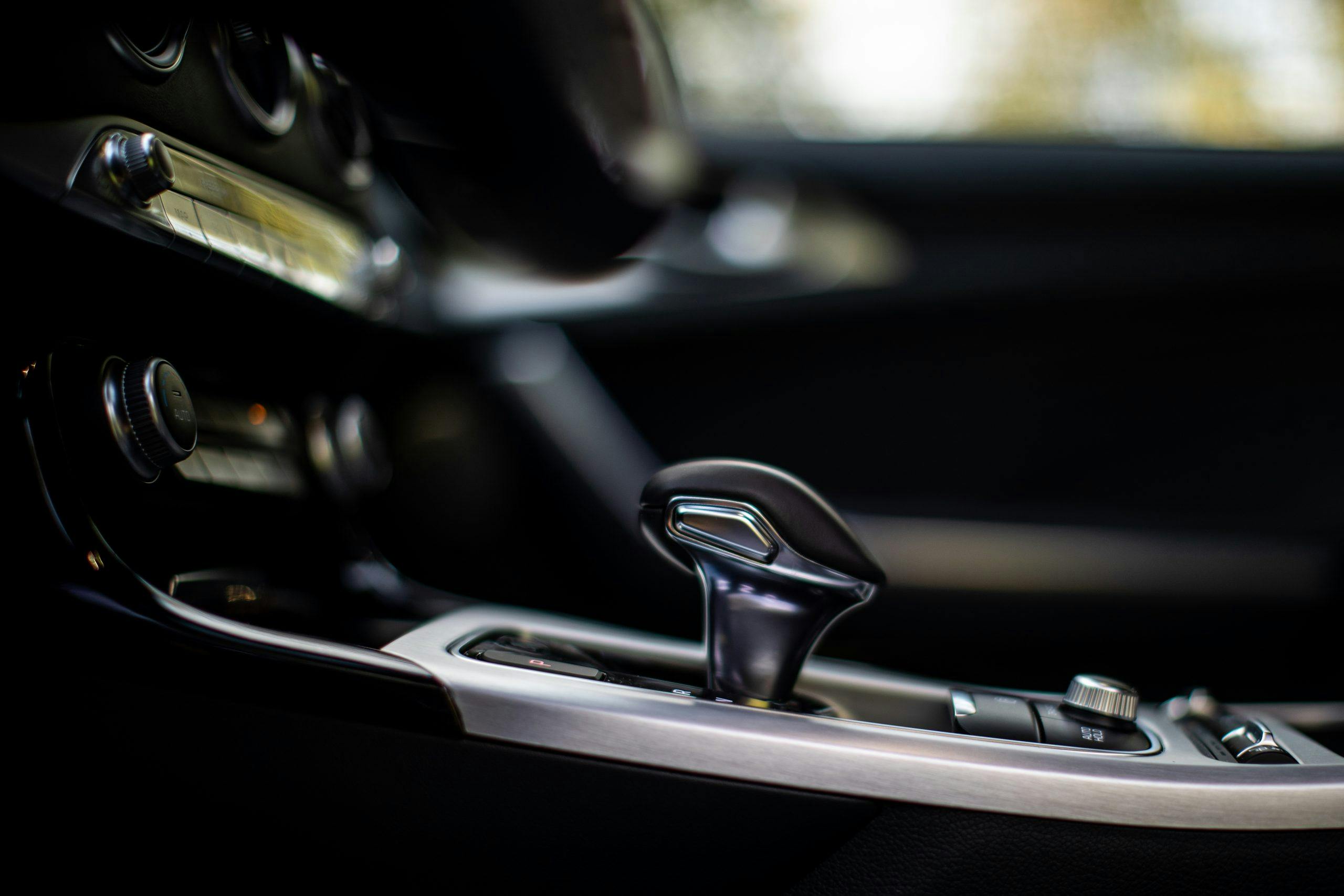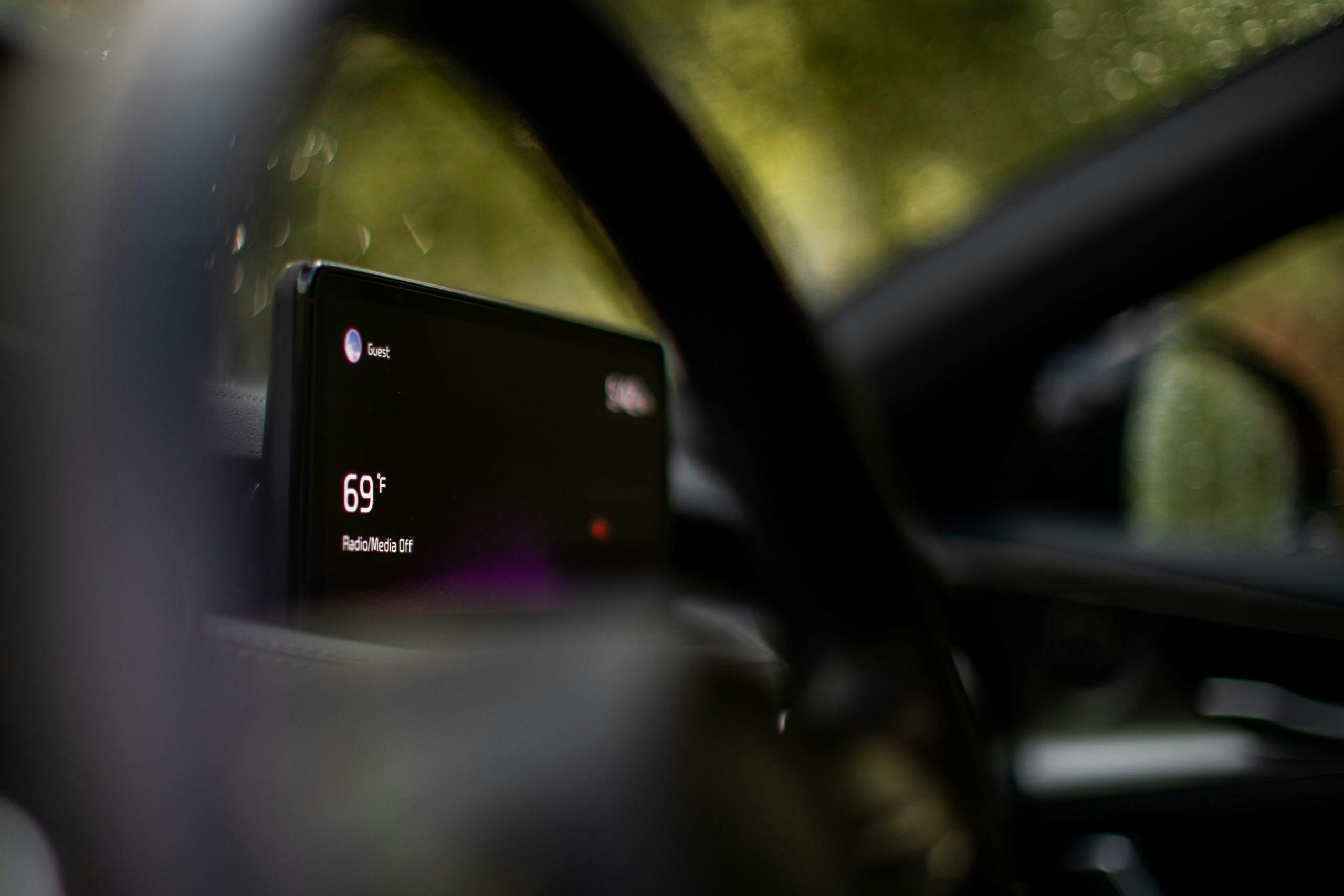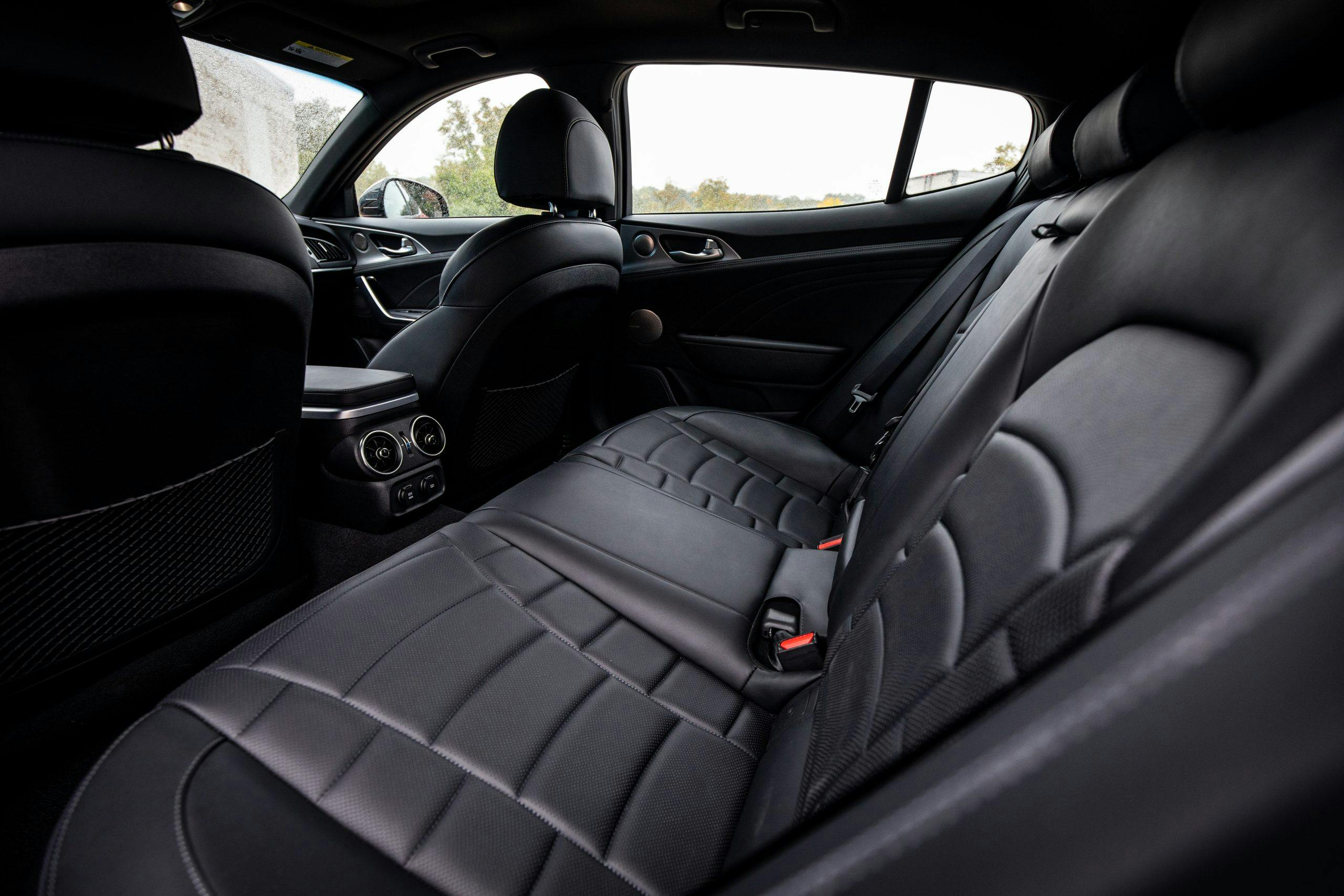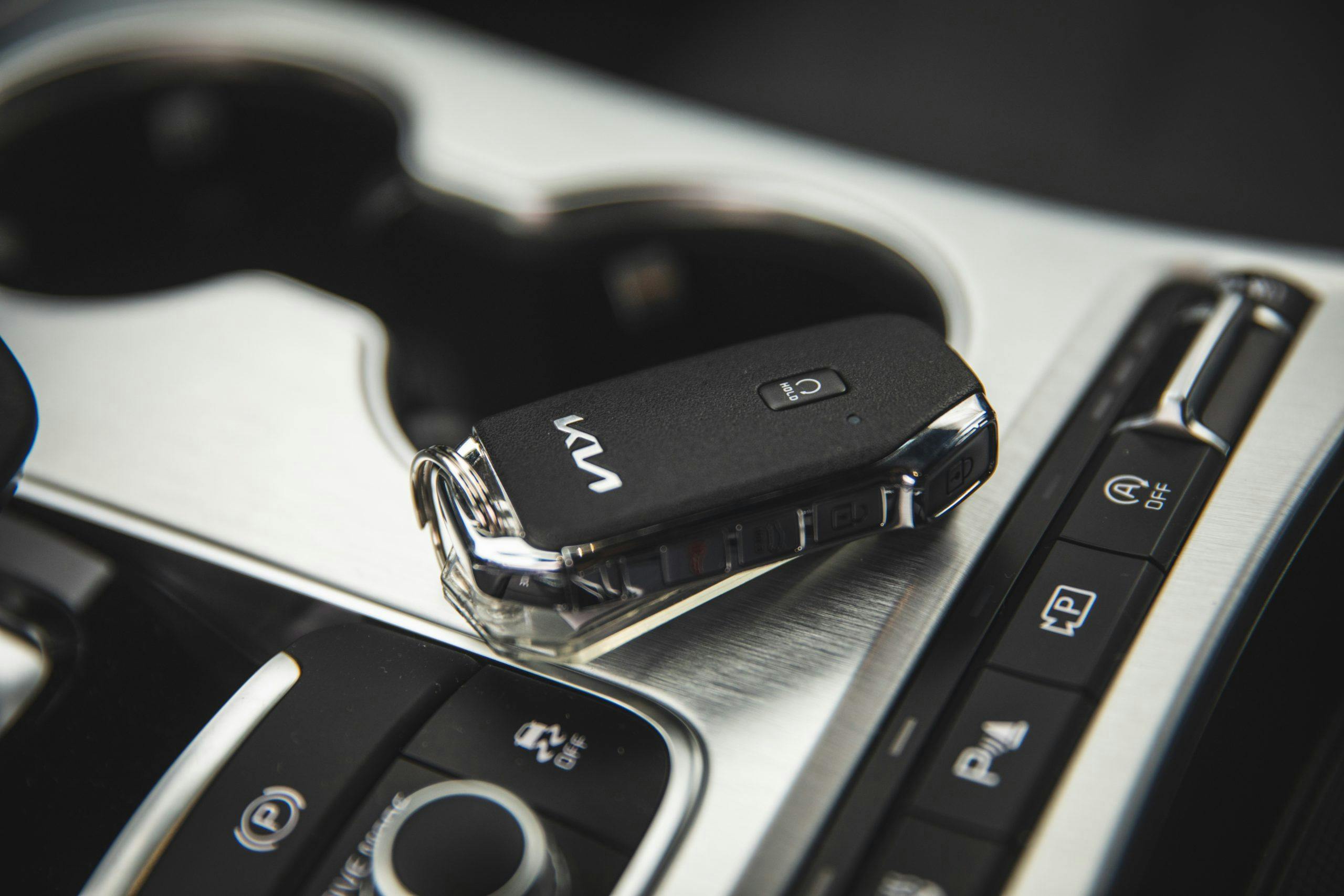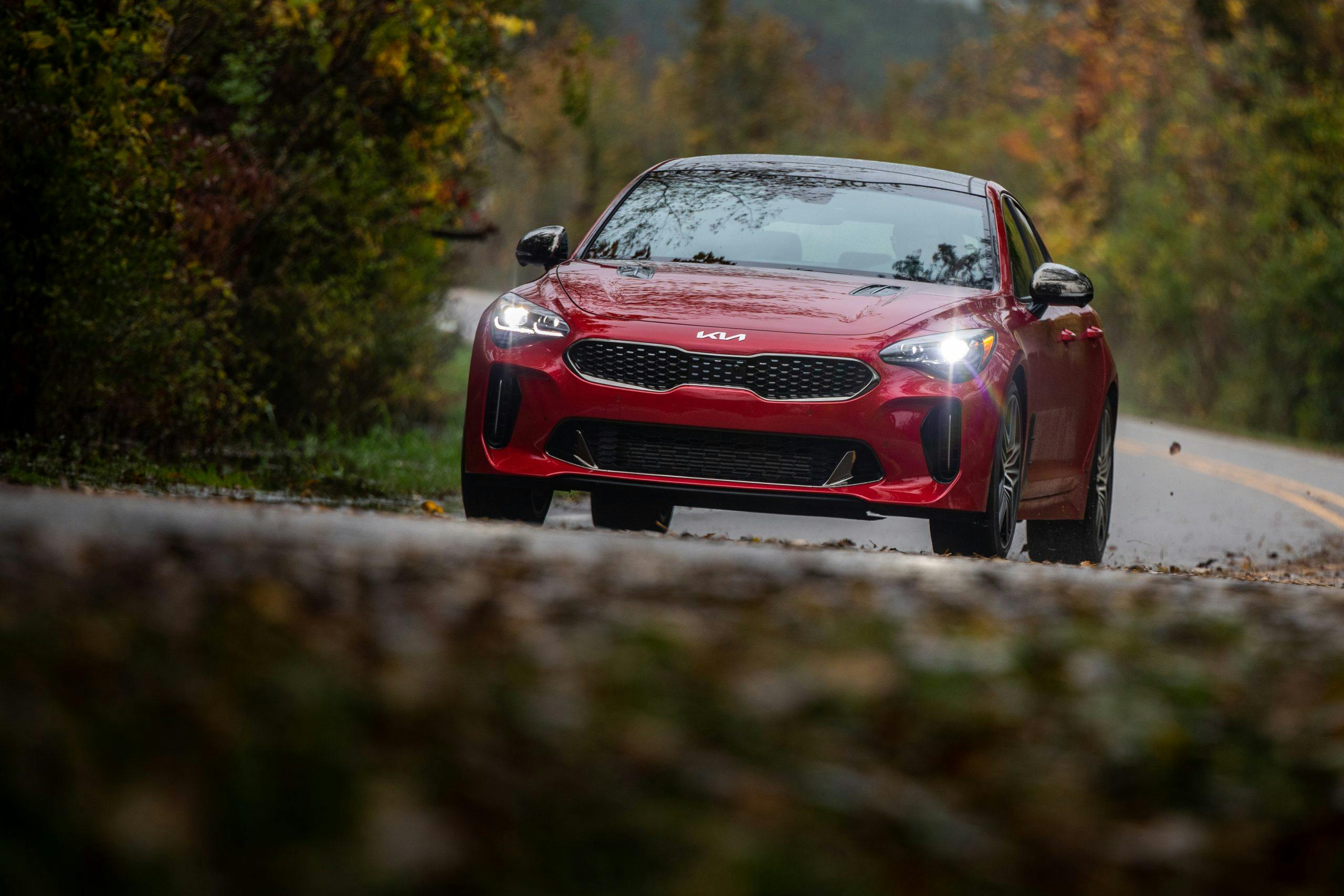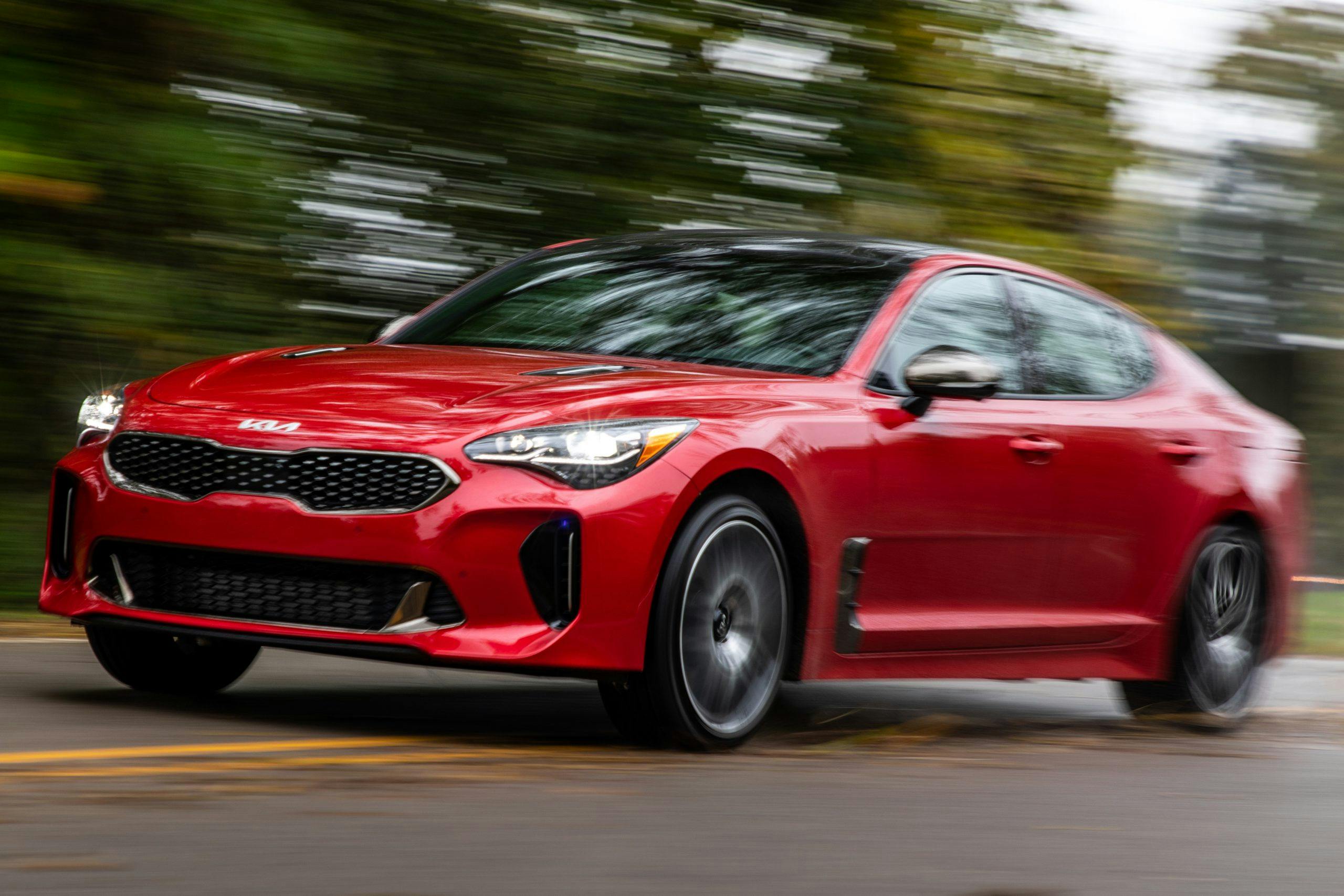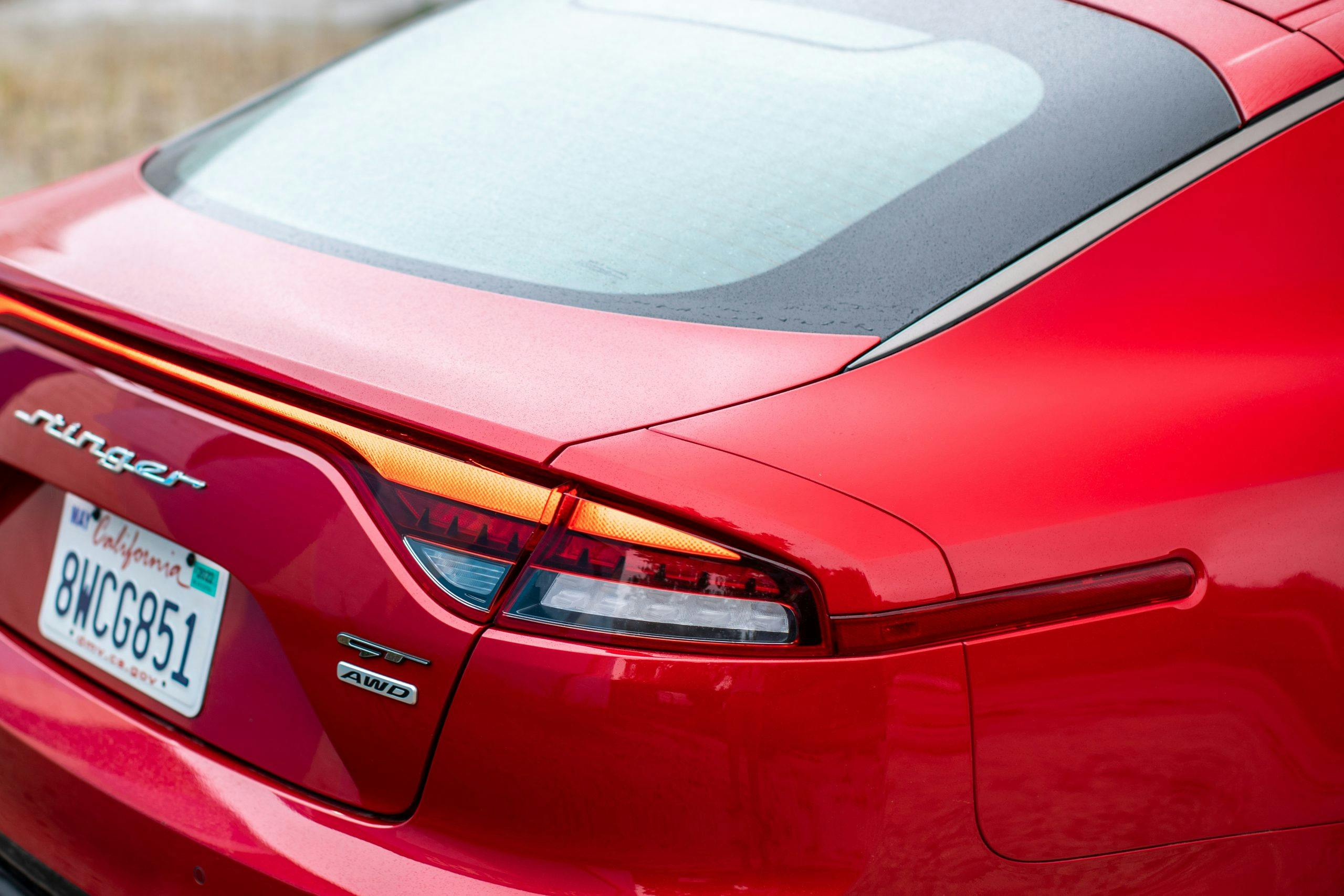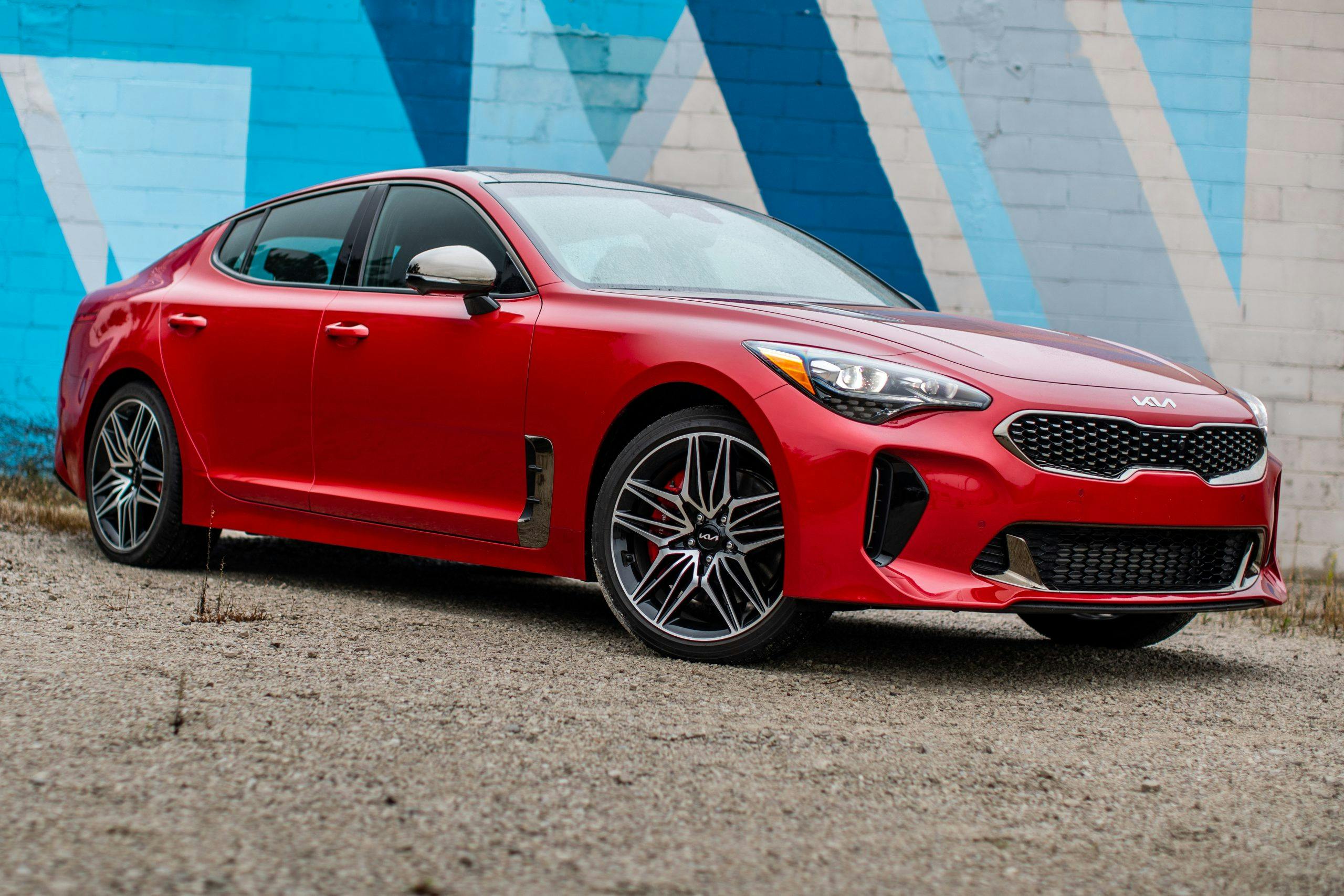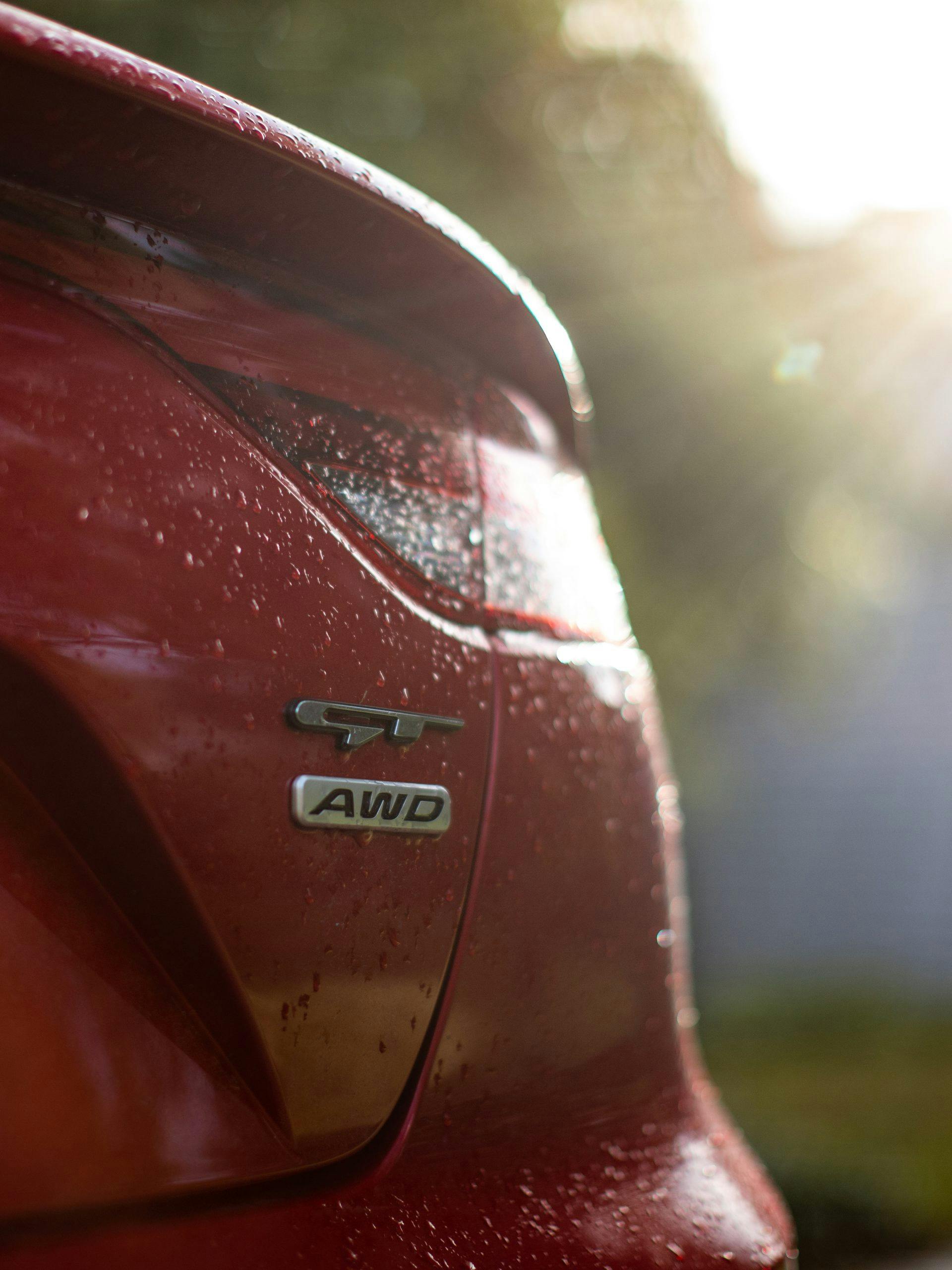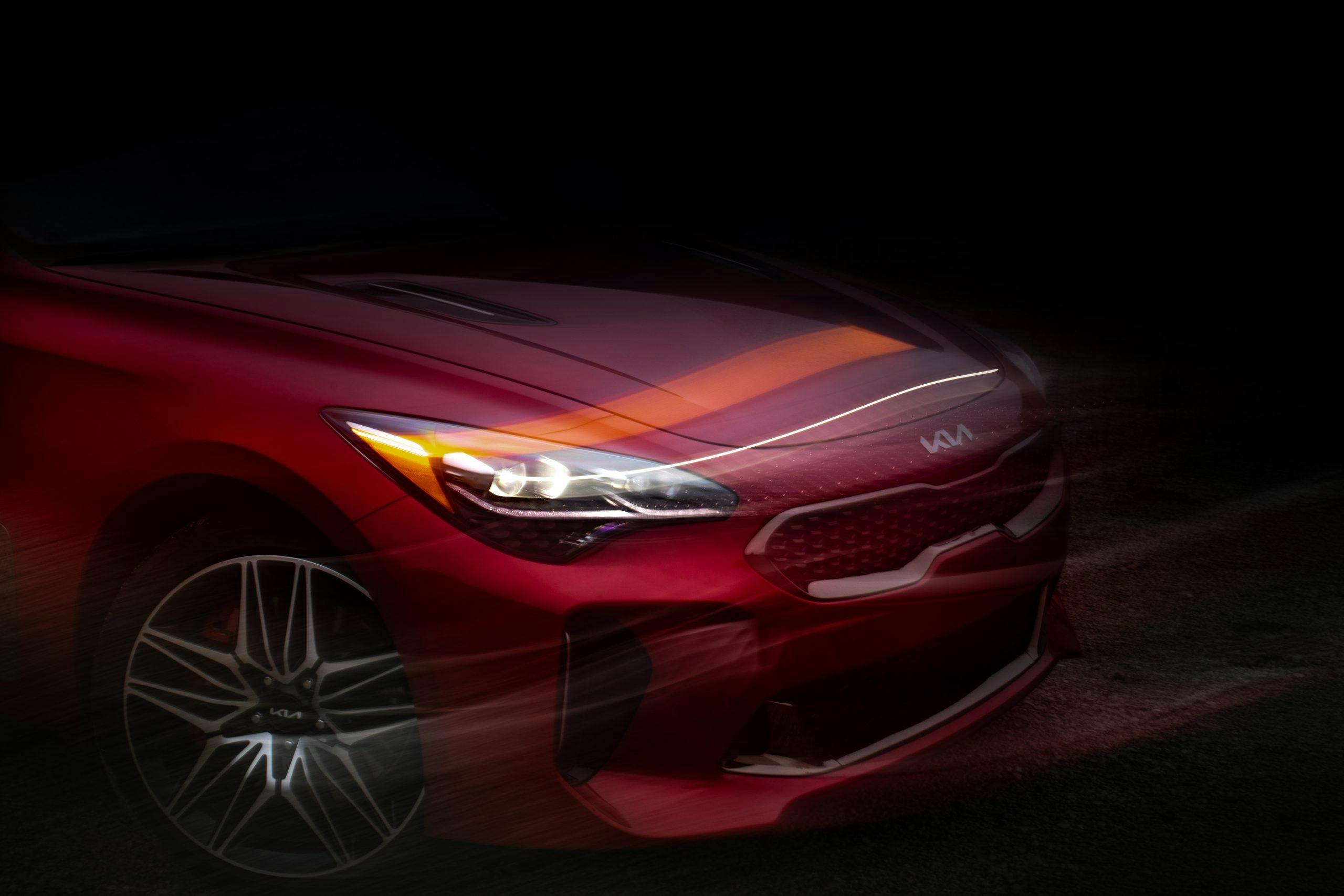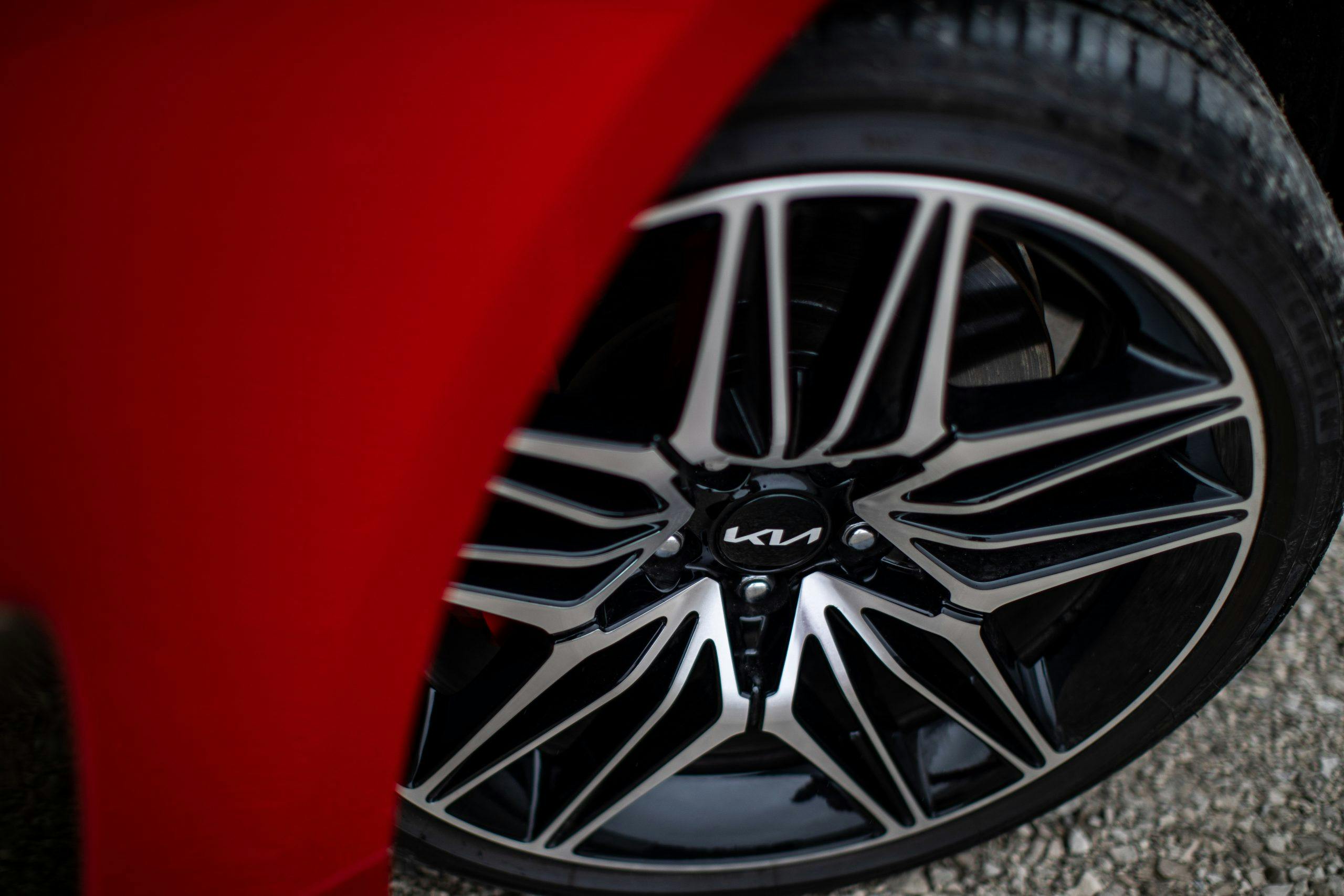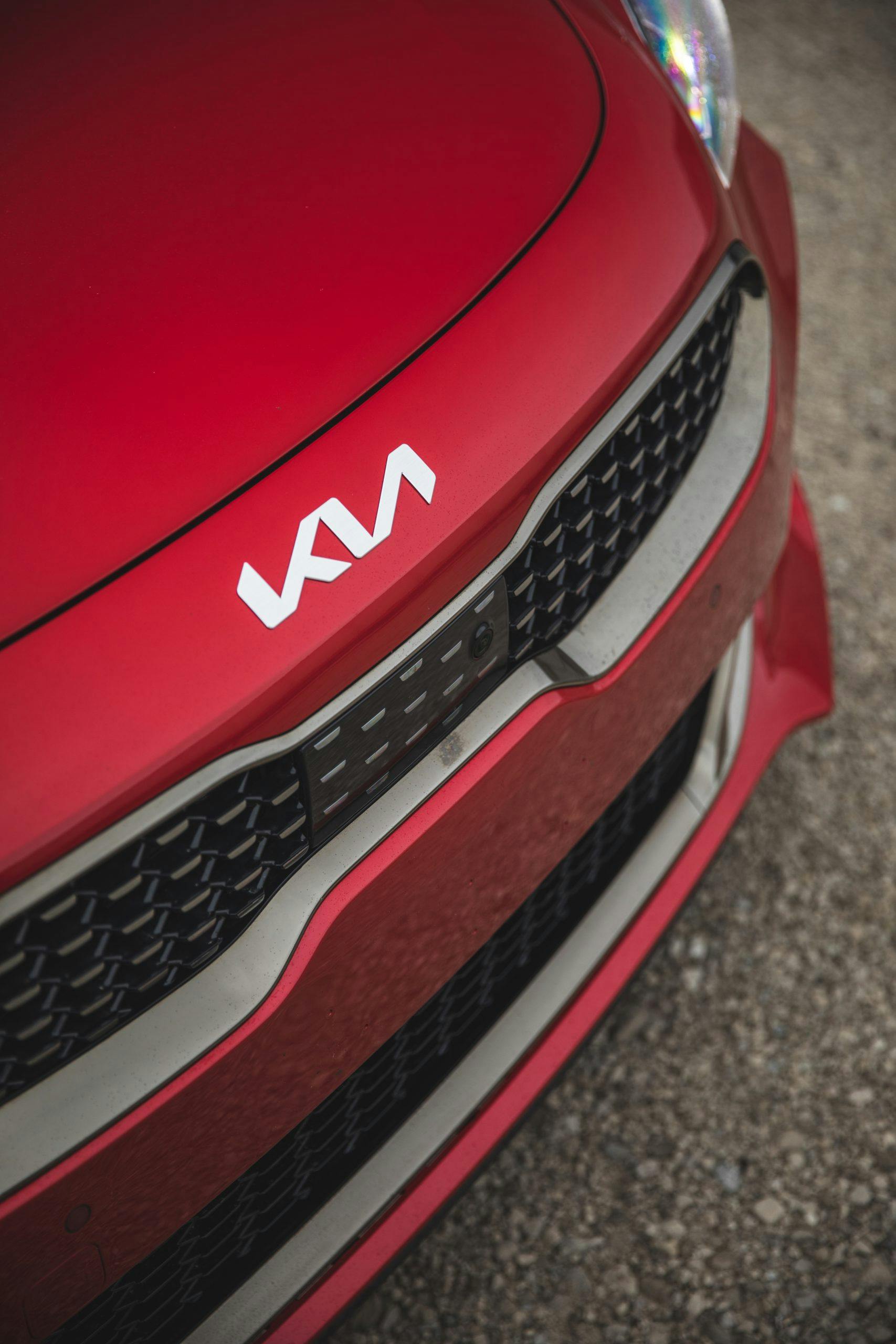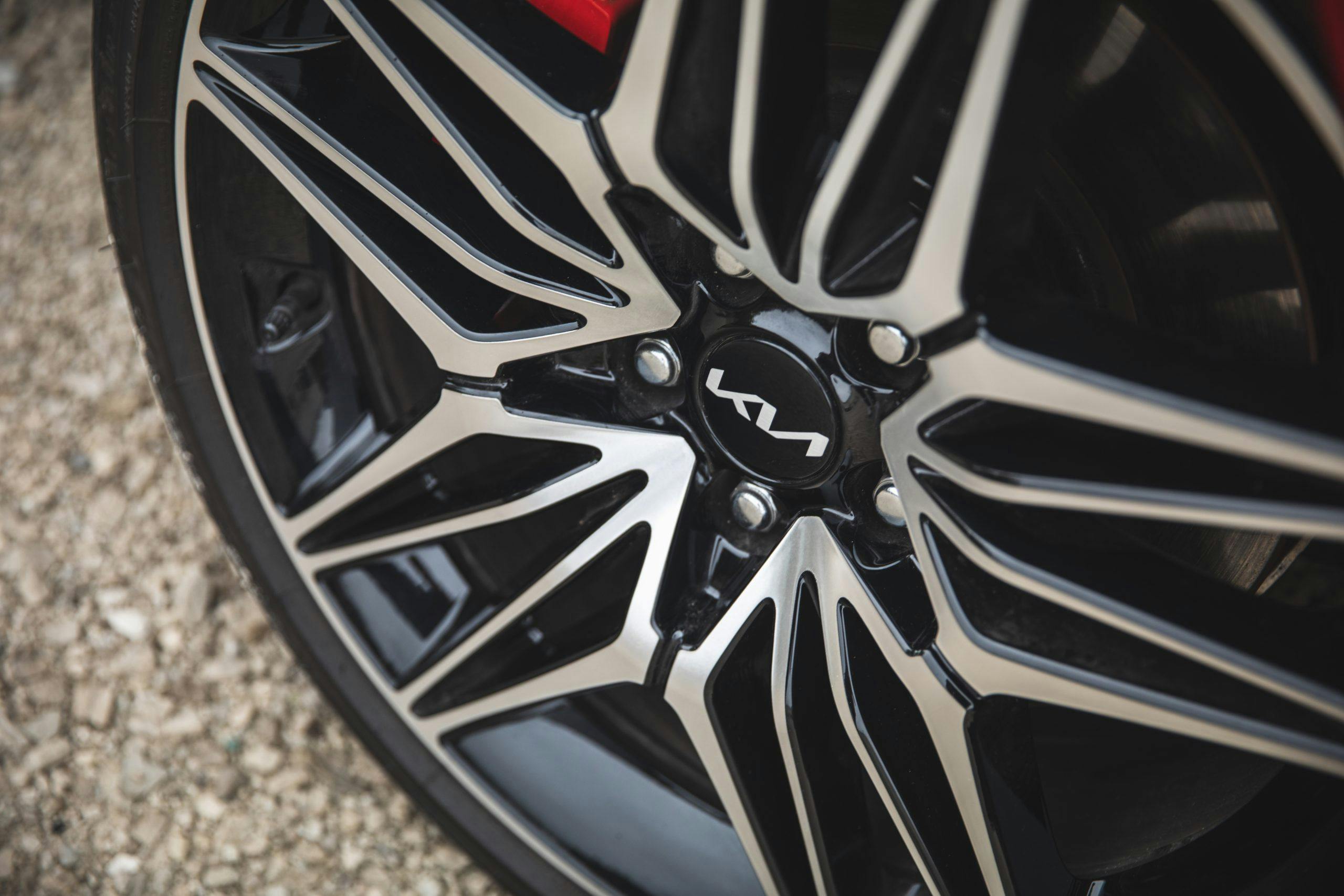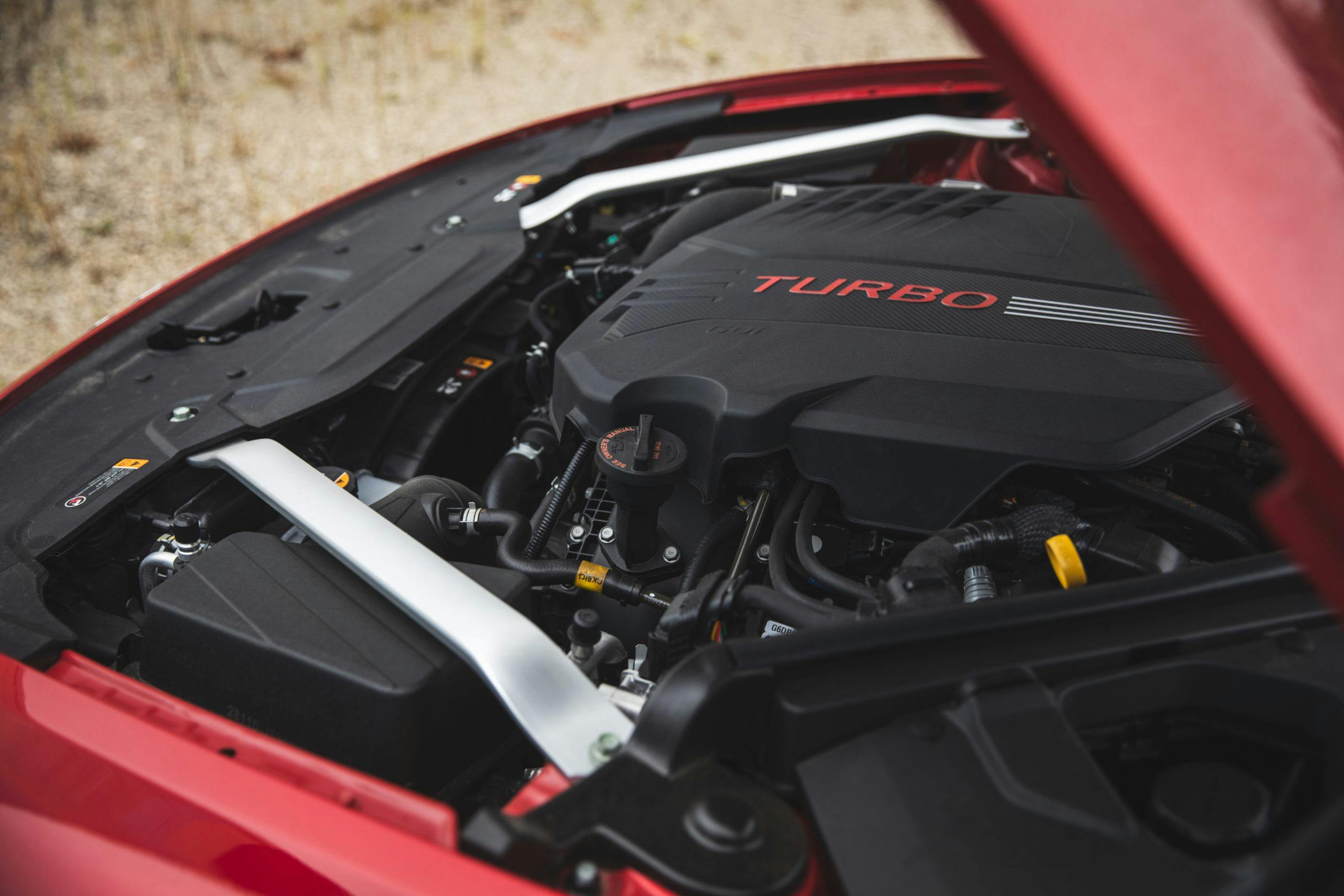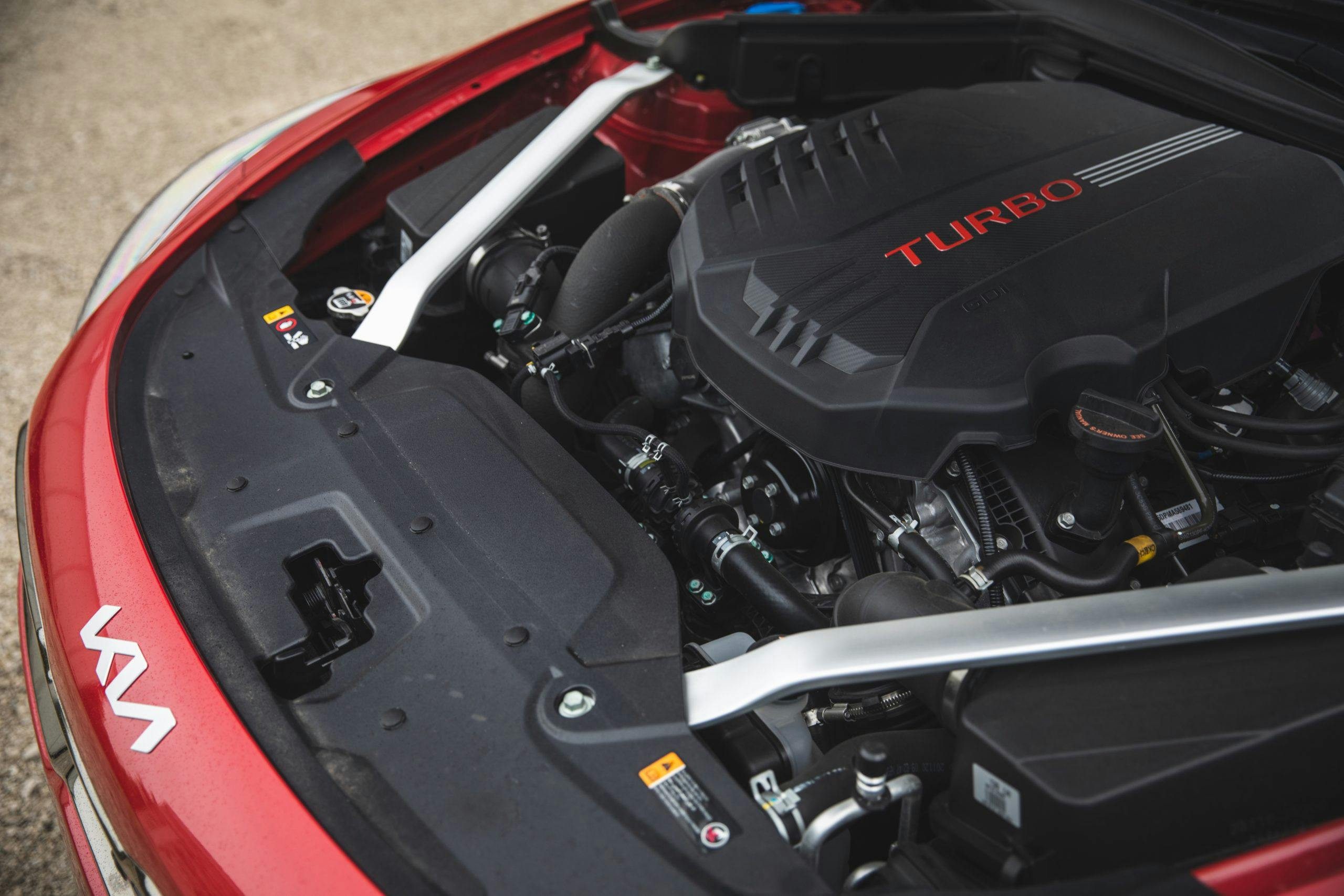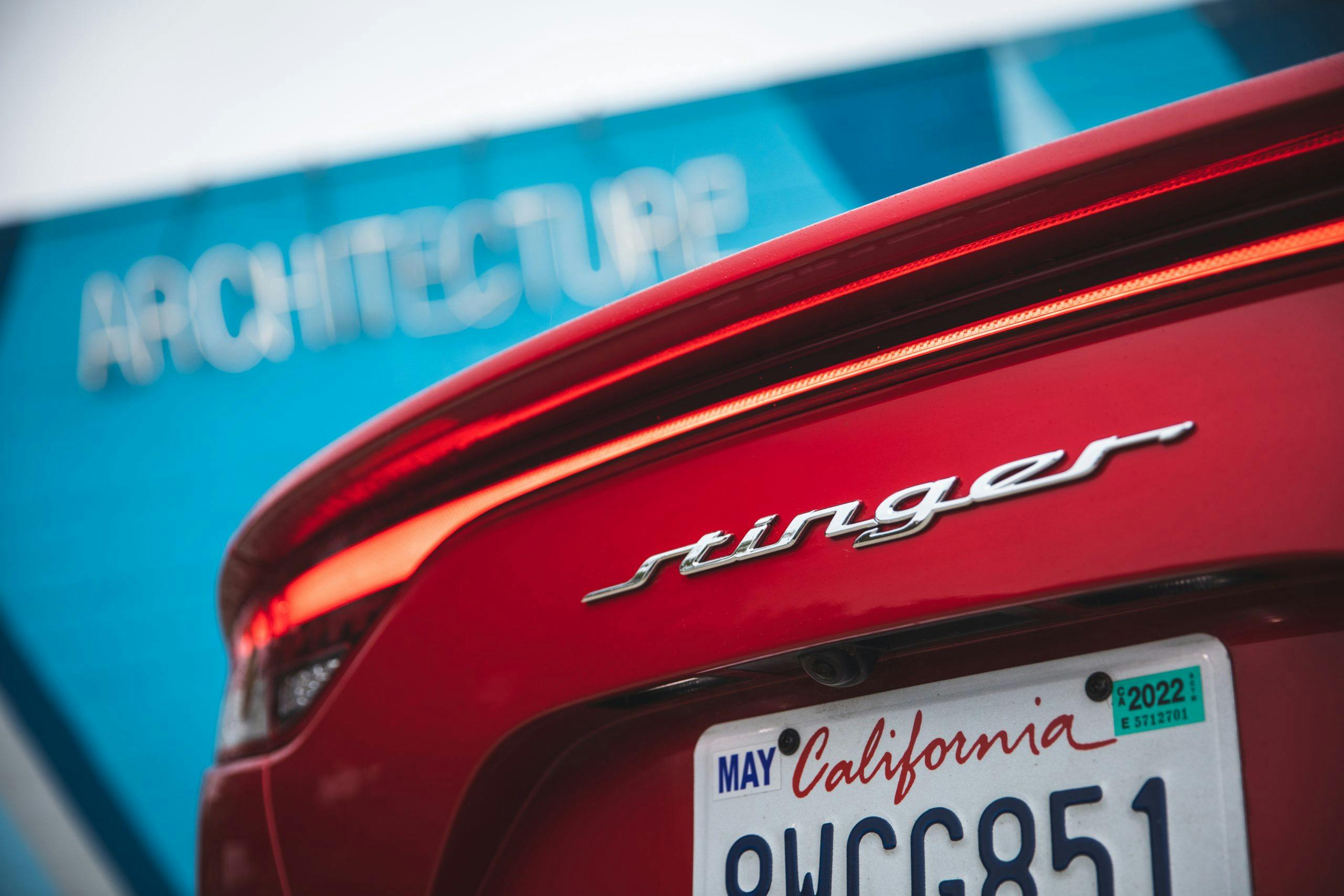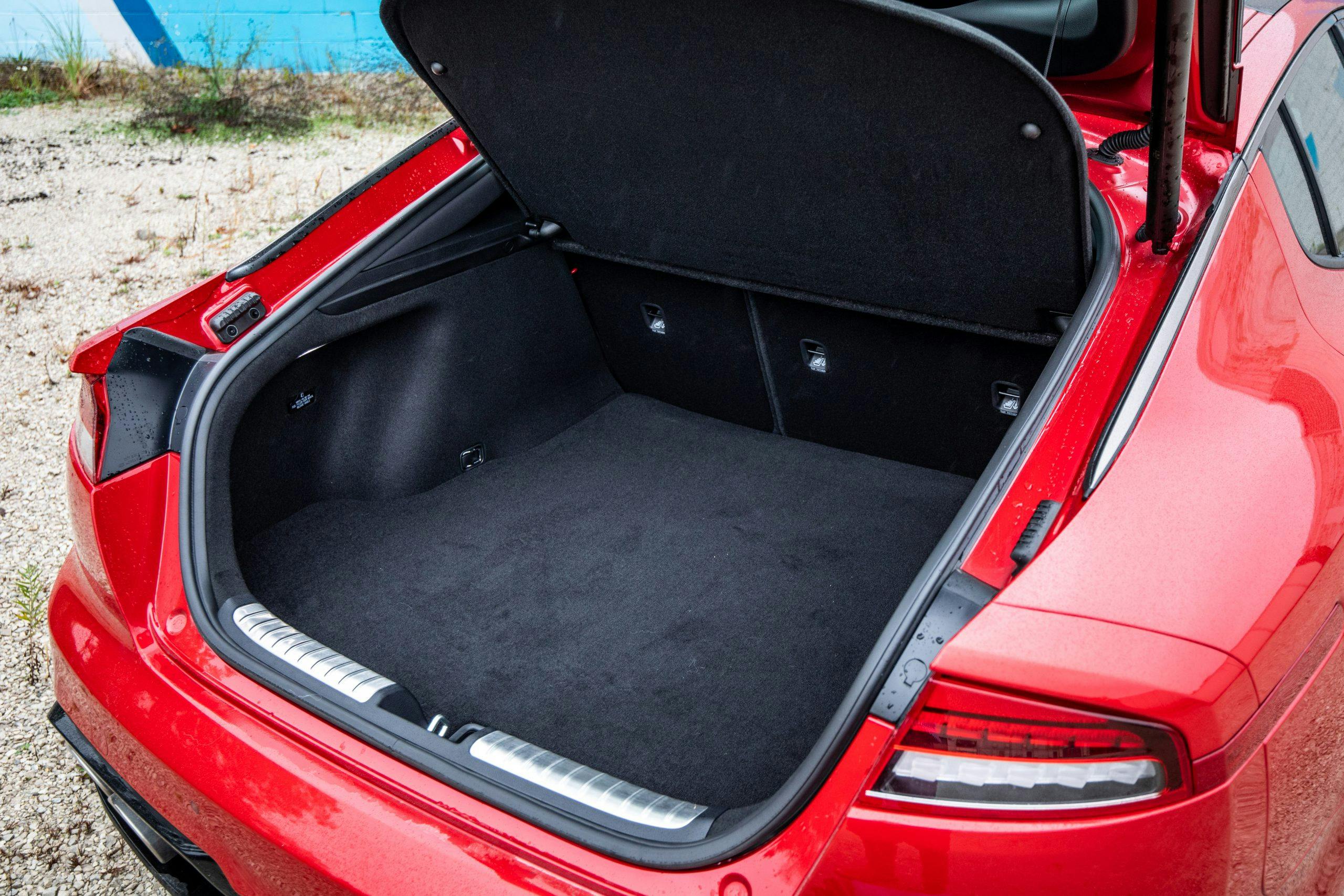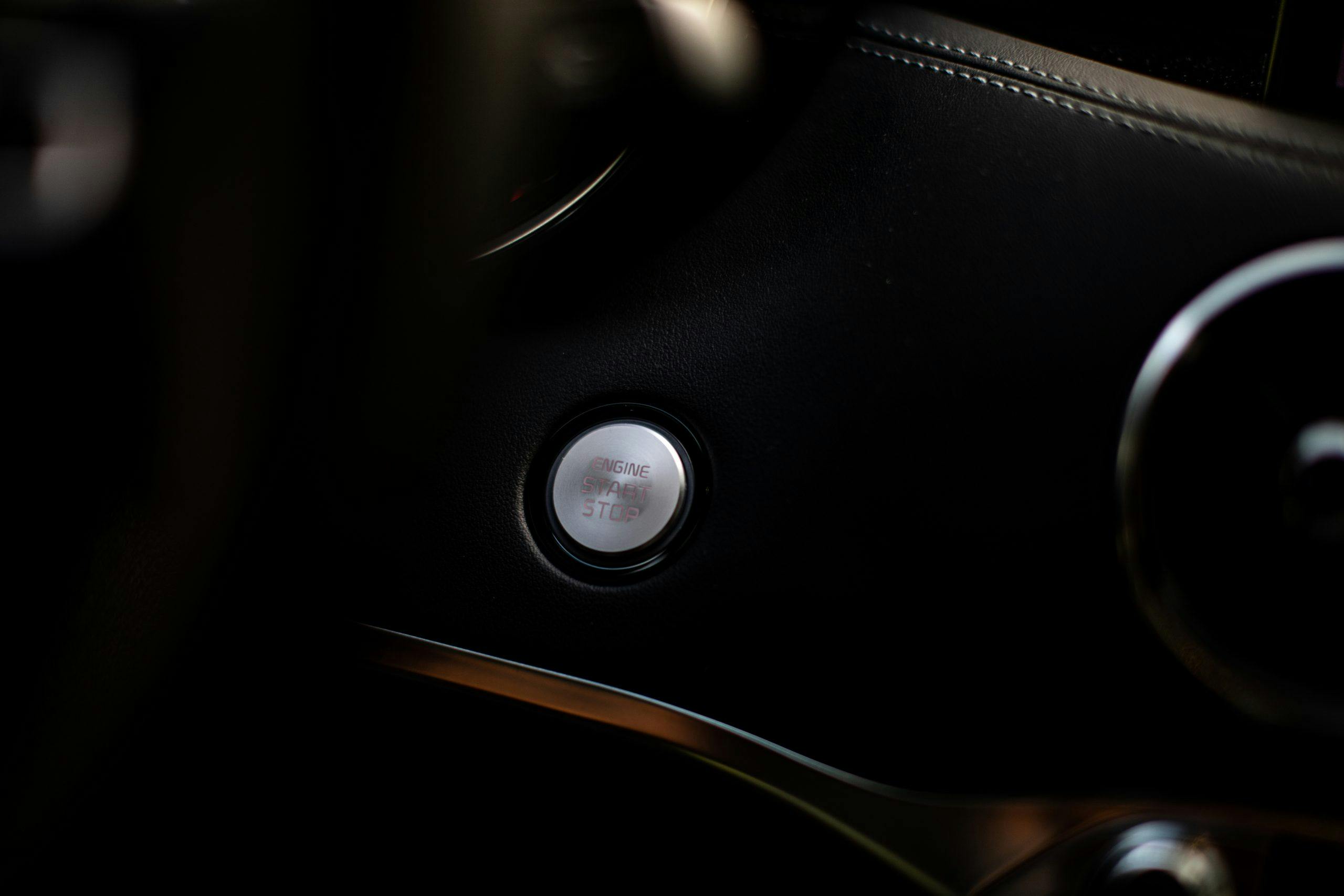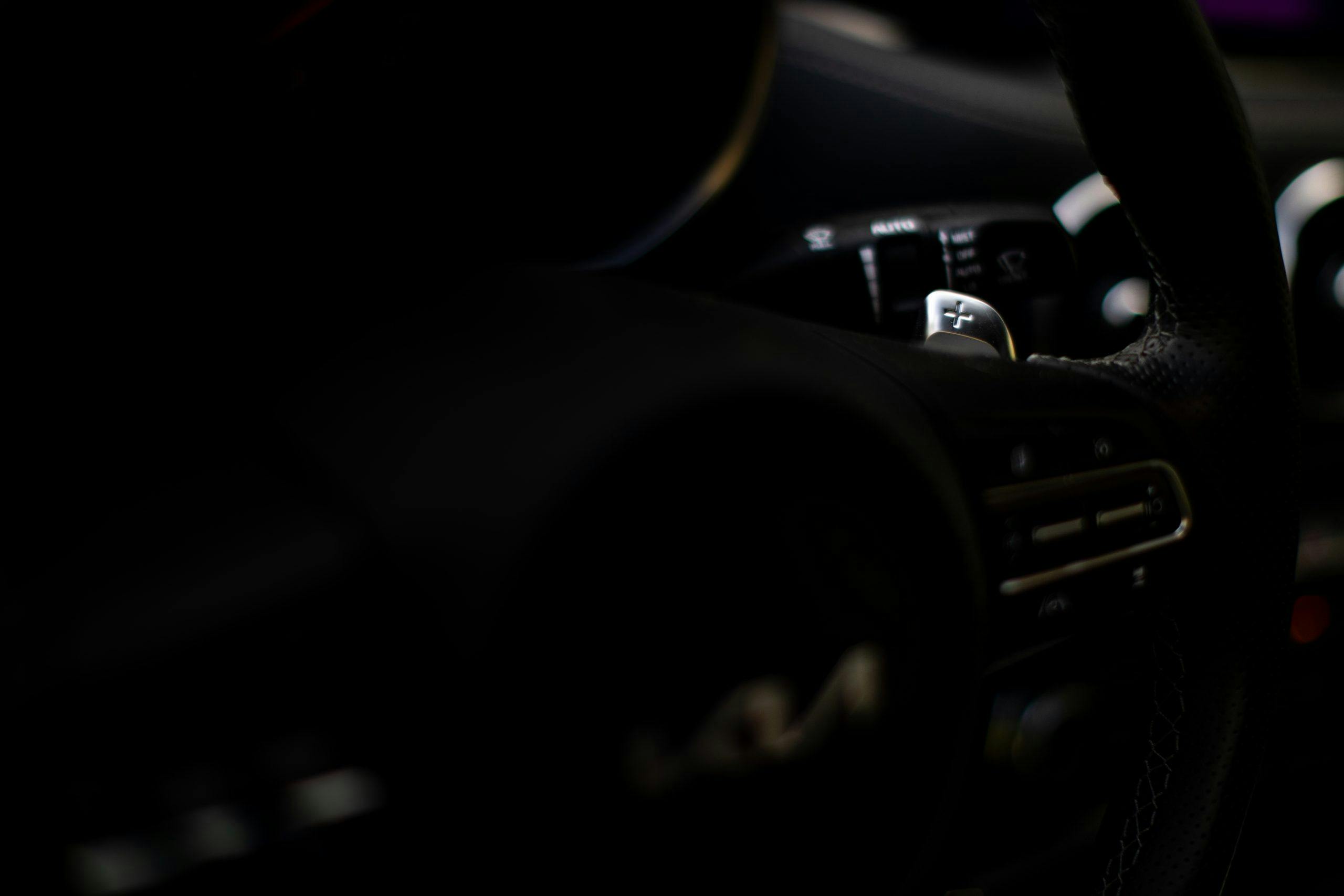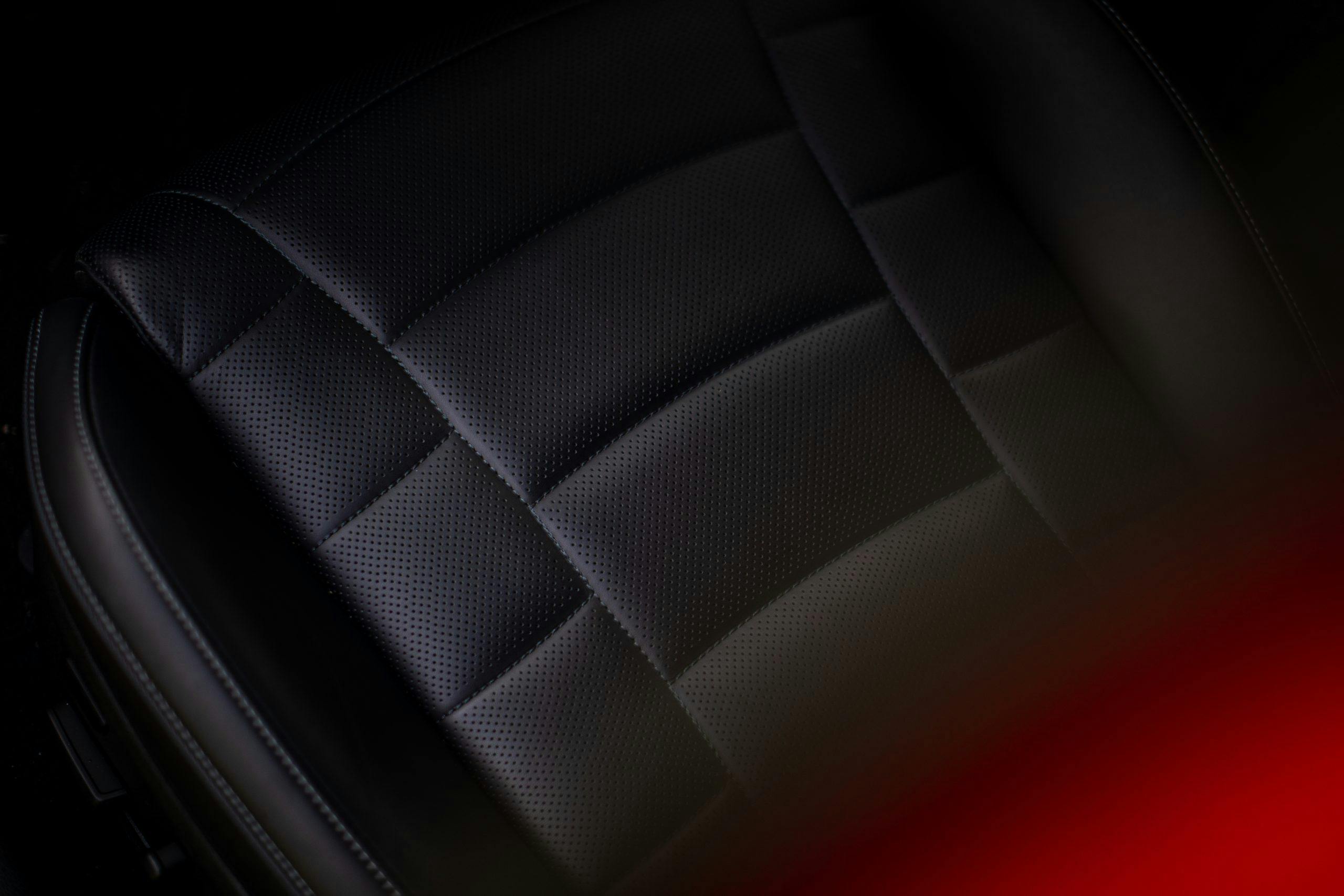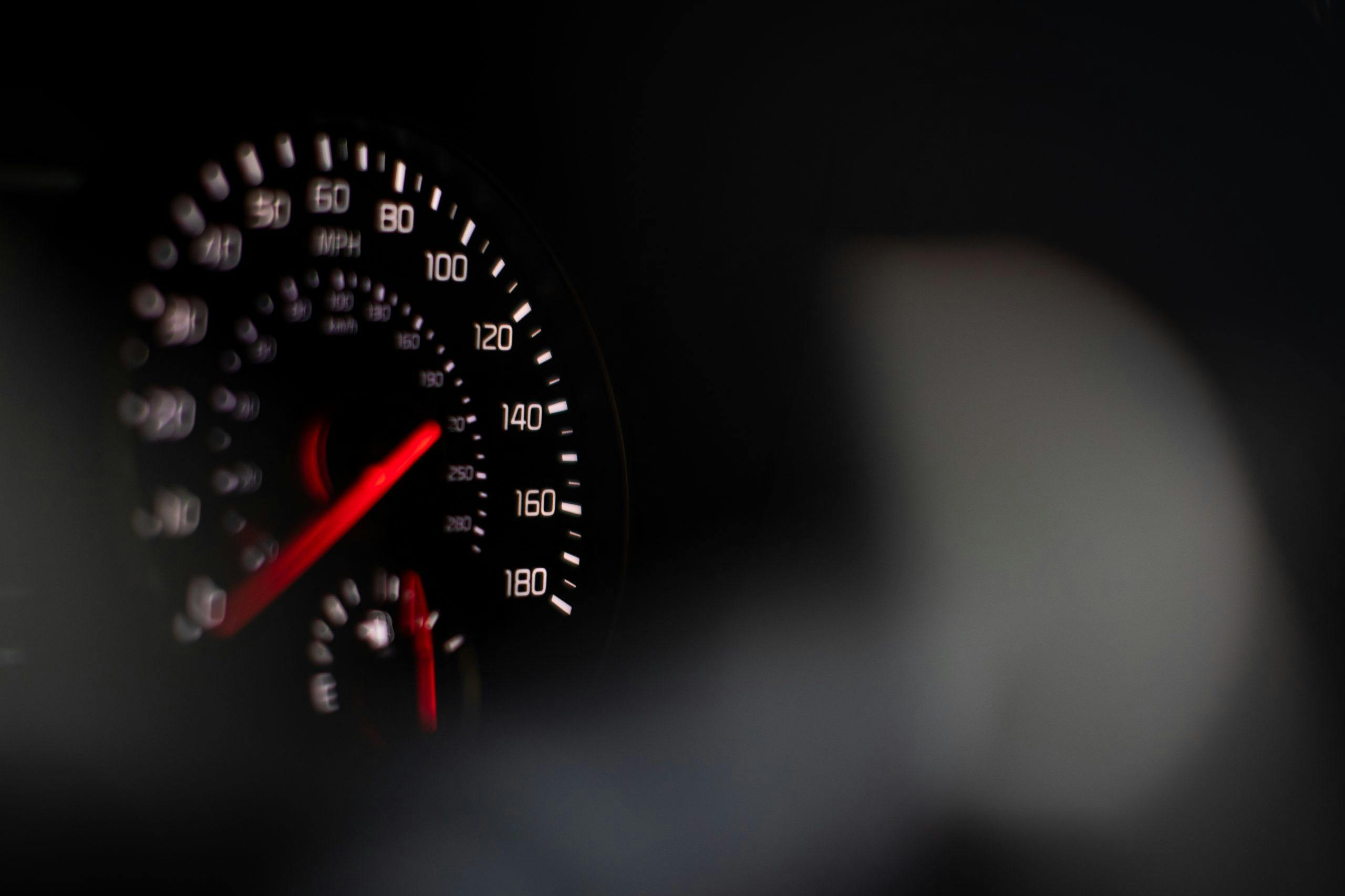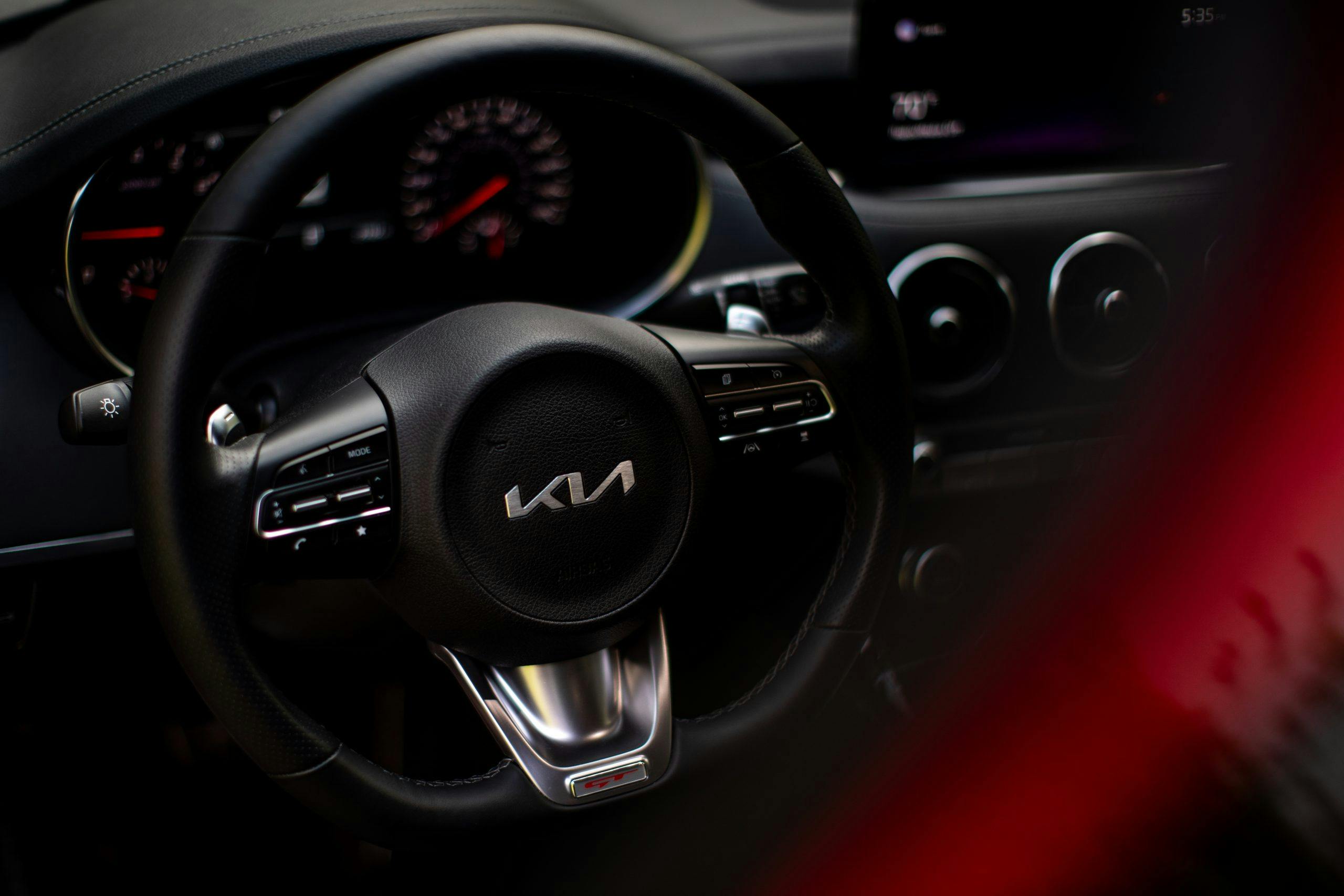Review: 2022 Kia Stinger GT2 AWD
Just last week it was announced that Albert Biermann, chassis engineer extraordinaire and former inhabitant of the top job at BMW M, will soon retire from Hyundai Motor Group. In the last chapter of his career, Biermann’s sole mission has been to lend an air of performance credibility to the Kia and Hyundai brands, while setting a high bar for excellence for the fresh-faced Genesis luxury marque. Even with infinite money and resources this would have been no easy task. There are massive forces at play when it comes to steering a corporate battleship like Hyundai, and the difficulty therein goes beyond the fundamental need to build a car as well as the Japanese and German competition. After the thing is finished, then comes the part where you have to actually convince people (who by and large associate Kia with dancing hamsters and suspiciously generous warrantees) to shell out $55,000.
Biermann’s big bet at Kia was the Stinger. Before him, the idea of a 365-horse, twin-turbo V-6-powered luxury liftback from such a brand would have been purely theoretical. But arrive the Stinger did. That it turned out to be great-looking, excellent to drive, and usefully spacious is a serious achievement. It’s even sold decently since its debut for the 2018 model year, and the handful of updates for this 2022 refresh suggests Kia is content to leave well enough alone.

The most significant upgrade is a new engine for the base model, replacing the strained 2.0-liter turbo-four with the 2.5-liter turbo-four already at work in the Genesis GV80 SUV. Power grows from 255 to 300 hp with no loss in fuel economy, which will go a long way to appeasing Stinger buyers who value thriftiness, and there are some minor suspension tweaks for the four-cylinder model. The V-6 formula soldiers on more or less unchanged, twin-turbocharged and adding three extra software-engineered hp (368 total—the engine and eight-speed transmission are shared with the Stinger’s platform-mate, the BMW 3 series-fighting Genesis G70.) To better showcase the 3.3-liter’s rasp, the V-6 Stinger now incorporates an electronic variable exhaust system. The suspension carries over.
Our GT2 all-wheel drive tester wore only two options: Hichroma Red paint ($495) and carpeted rear floormats ($155). All 2022 models received a new interior with a sharp-looking 10.25-inch center screen, a standard suite of active safety features, and several new wheel designs. The GT2 is the top trim and comes loaded with every major option, from the electronically controlled suspension to the Brembo brakes, full LED headlights, heated front and rear seats, Nappa leather interior, head-up display, and 15-speaker Harman Kardon sound system. All work well, with the exception of the premium audio which loses quality at high volume and offers a perceived center stage somewhere around one’s ankles.
Though there is for 2022 a special-edition “Scorpion” model that suffers an unforgivable decklid spoiler, Kia wisely opted to change very little on standard versions of the Stinger. The lovely, sloping roofline is a trademark of designer Peter Schreyer, who joined Kia in 2006 after making his name with major successes such at the VW New Beetle and Audi TT. Like those curvy cars, the Stinger is more about the beauty of its shape than any individual styling element, which is why its design pleases the eye from every angle. The red paint adds a pop of personality, but on the flip side, it undercuts the effectiveness of the full-width taillights that better stand out against other paint colors. Below the rear bumper sits a new quad exhaust with larger, rounder, more dramatic-looking tips.
It wouldn’t be far off to say that the Stinger is intentionally aping the design of the Audi A7. To wit, two different neighbors of mine, unprompted, asked if the red car in my driveway was some kind of Audi. They were more than a little shocked to learn that it was, in fact, a Kia, which indicated a couple of things. For starters, nobody outside of the auto enthusiast milieu has ever heard of the Stinger, nor has the existence of said Stinger shaken anyone’s arguably outmoded negative opinion of the Kia brand. Second, the redesigned Kia logo is operating exactly as intended. Both neighbors praised the newly styled badge, noting how it made the car seem more expensive. One of those rare moments where someone unconsciously frowns, nods their head, and subtly updates their preconceived bias.

Kia made another important change for 2022—a questionable one that you won’t find mentioned anywhere in a press release. Whereas GT2 models with all-wheel drive used to be available with Michelin Pilot Sport 4S summer rubber, as they are still on the rear-drive GT2, every AWD V-6 Stinger now gets all-seasons. Our test car wore 19-inch wheels with Michelin Primacy Tour tires, and the latter really do this chassis a disservice. Turn-in should be sharper. Much of the GT2’s ordinary grip and sense of stability is lost when the tires are under load. Braking feel is minimal until you’re half way through the pedal travel. All-seasons might make sense for the four-cylinder variant, but any V-6 Stinger—especially the GT2—should offer customers the best opportunity to experience the car on a twisty road as Biermann & Co. intended.
That said, the Stinger still makes for a compelling cruiser. Potholes pose little threat to the adaptive suspension, which calls to mind the E39 5 series and its expert balance of ride and handling. As in the G70, the Stinger’s V-6 is punchy and robust, with smooth shifts from the eight-speed automatic. The wheelbase is 2.8 inches longer than that of the Genesis, contributing to the Kia’s less lively demeanor in just about every situation. The trade-off is a greater sense of stability and momentum, particularly at highway speed. If Kia’s target was to evenly straddle sport-sedan athleticism and luxury composure, consider the Stinger a bullseye.

Those who endure long commutes or regular extended road trips will likely prefer the Stinger’s healthy cargo space and generous legroom, but there’s no question which car boasts the better interior. Even with the 2022 Stinger’s handsome, much-improved center display, many interior pieces seem one stratum cheaper than what you get in the posh G70. Certain touchpoints like the leather steering wheel and metal door handles are quality enough to convince most people a Stinger is worth the $20,000 price premium over something like a fully-loaded Honda Accord. But the minute you reach for that flimsy electronic parking brake switch, boom—the luxury illusion evaporates.
As with most other Hyundai Group designs, the interior is carefully laid out and generally unfussy. It could, however, use a bit more personality. Certain elements like the too-small phone cubby just feel a bit dated, reflective of the fact this car was first introduced five years ago. In the new Genesis GV70 SUV, the phone cubby accepts a cased iPhone with ease—and it can charge wirelessly at the same time without needing to position the phone just so.
There are bright spots. For one, the new infotainment system is both beautiful and simple to operate. The head-up display that comes standard on the GT2 works particularly effectively in concert with the navigation, projecting clear, comprehensible graphics onto the windshield that are accompanied by helpful audio cues. And of course, the liftback design allows the Stinger to swallow large suitcases and boxes in a manner a three-box sedan simply cannot. The BMW 4 Series Gran Coupe boasts similar advantages, yes, but if you want the six-cylinder in the M440i it means a sticker price of more than $59,000 before options. When it comes to features, practicality, torquey thrust to match executive-express looks, and cost, the Stinger is tough to beat.
Really, the Stinger’s most potent rival is the aforementioned G70. A 3.3T Launch Edition model, like the one Associate Editor Grace Houghton recently reviewed, with all-wheel drive costs almost exactly the $55,185 listed on our Kia tester’s window sticker. Unless you really need the space, it’s hard not to see the Genesis as the better buy. That calculus will become all the more clear the first time you have to bring it in for an oil change and lament the difference in dealer experience between Kia and Genesis. Perception of the Stinger in many ways relies on the angle from which it’s approached. In the shoes of someone wanting more zesty performance than Lexus can muster in an ES, the Stinger will feel like a revelation; for those coming from an A5 Sportback, the Kia will come off as a wannabe.
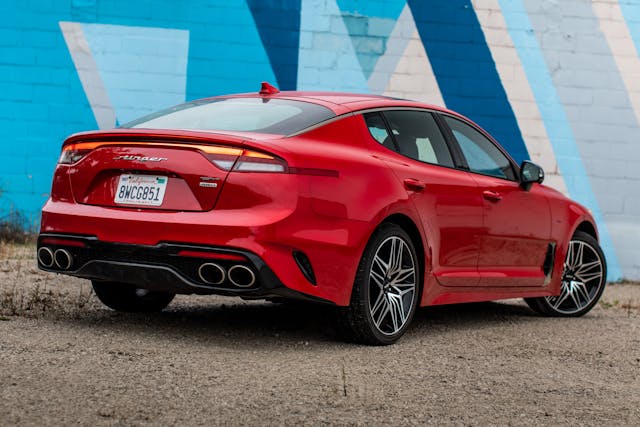
The Stinger’s future is as of this moment murky, as there is no confirmed second-generation model in the pipeline. From where we’re sitting, this is a great car that needs to better serve its niche if it has any hope of survival. That said, unlike the smash-success Telluride, for Kia this car was never about profit as much as proof of concept. And in that regard it should be considered a runaway success. The Stinger puts the final lid on the dancing hamster era; it’s a sophisticated sport sedan on the cusp of figuring out what it really wants to be. Whereas the aspirational Cadenza and sumptuous K900 sedans were both Korea-focused projects flung over the Pacific into North American airspace, the Stinger could—with the right execution—lay respectable claim to what’s left of the premium sport sedan market. If the Stinger was Biermann’s curtain call, it deserves an encore.
2022 Kia Stinger GT2 AWD
Price: $54,535/$55,185 (base/as-tested)
Highs: Lovely looks. Spacious interior. Highly competent chassis paired with a studly V-6.
Lows: Disappointing all-season tires. Economy-class interior switchgear. A compelling alternative in the G70, from a brand without baggage.
Summary: The car nobody thought Kia could deliver? It still satisfies, but the Germans aren’t shaking in their boots.
